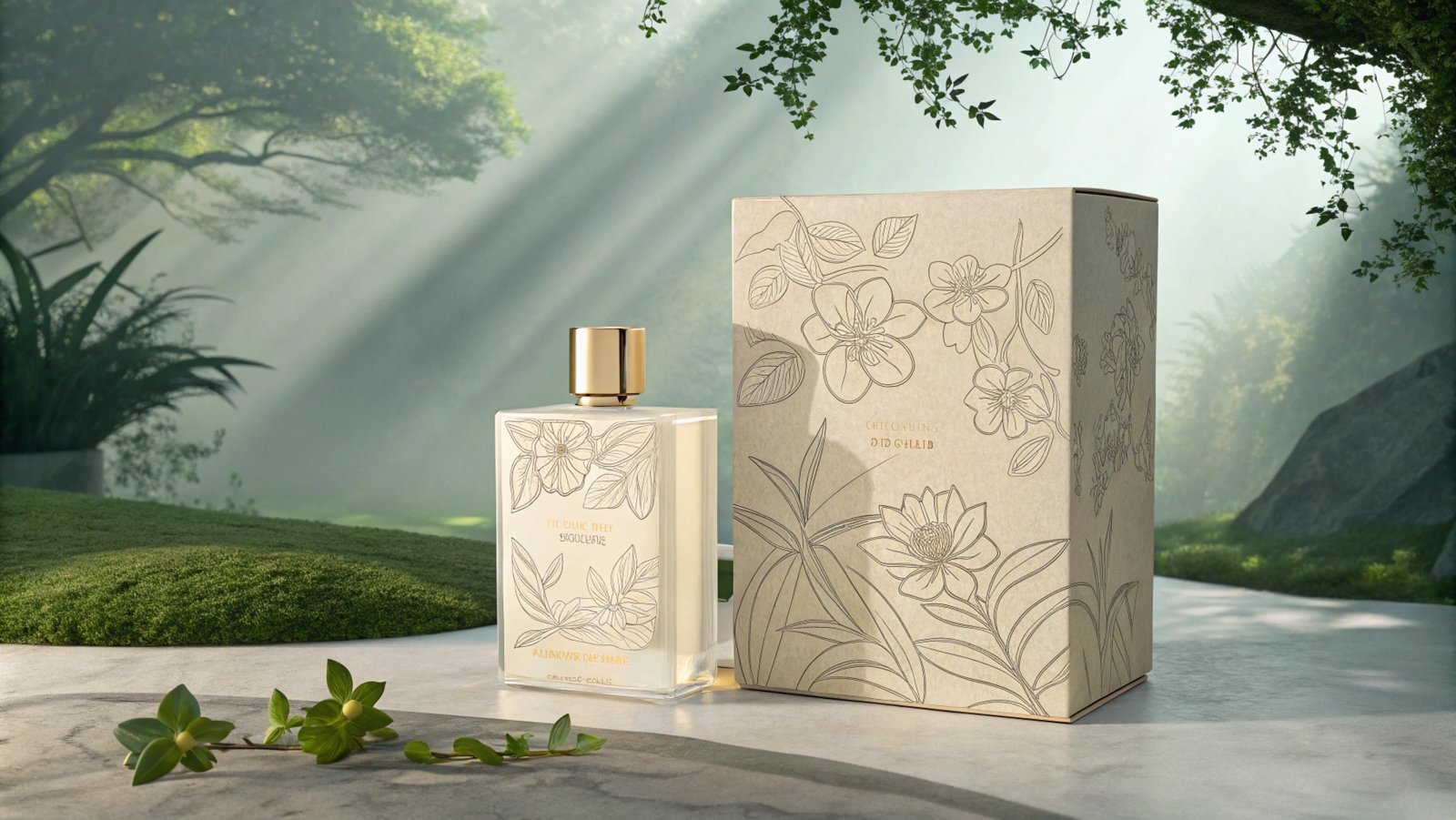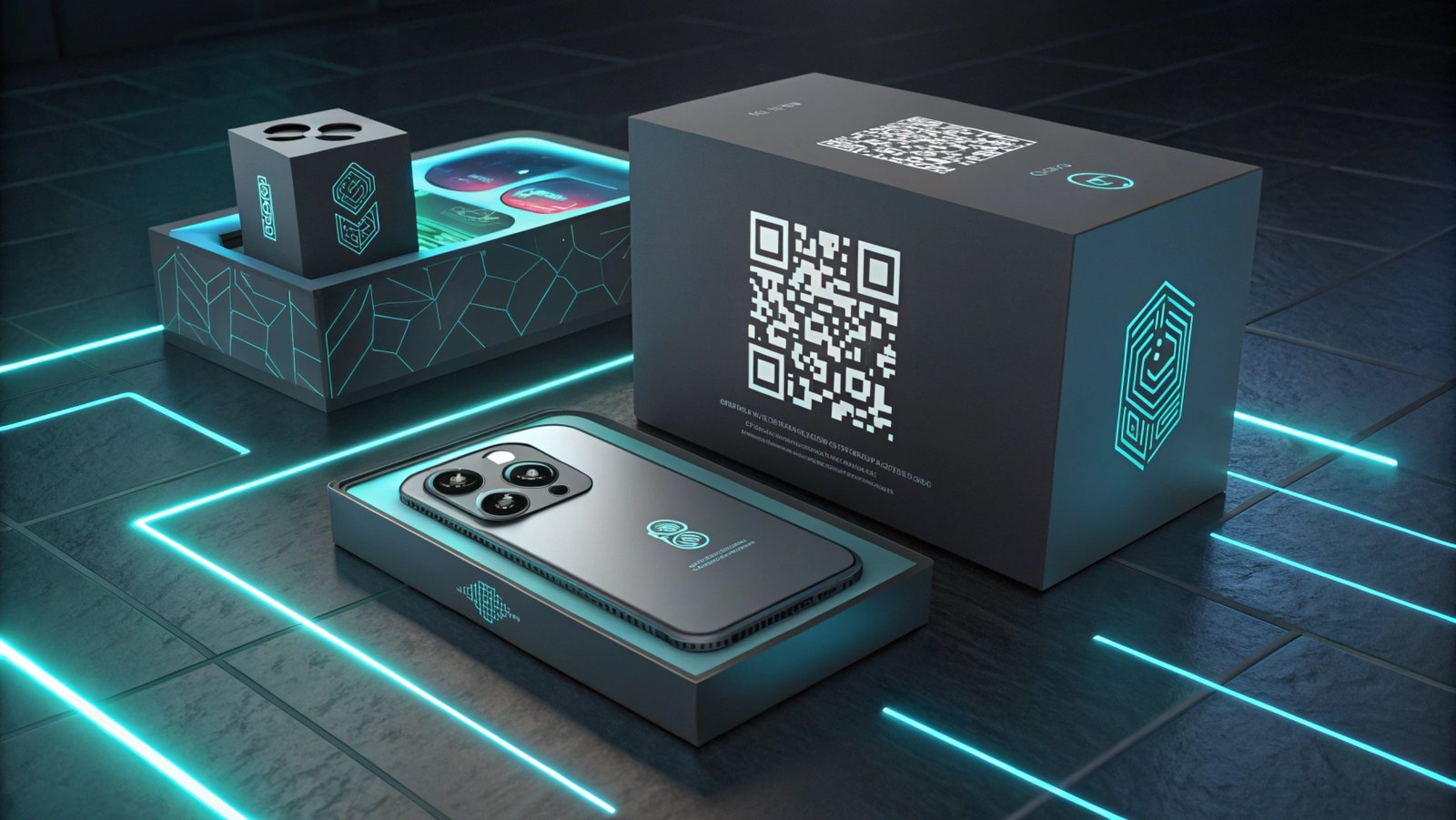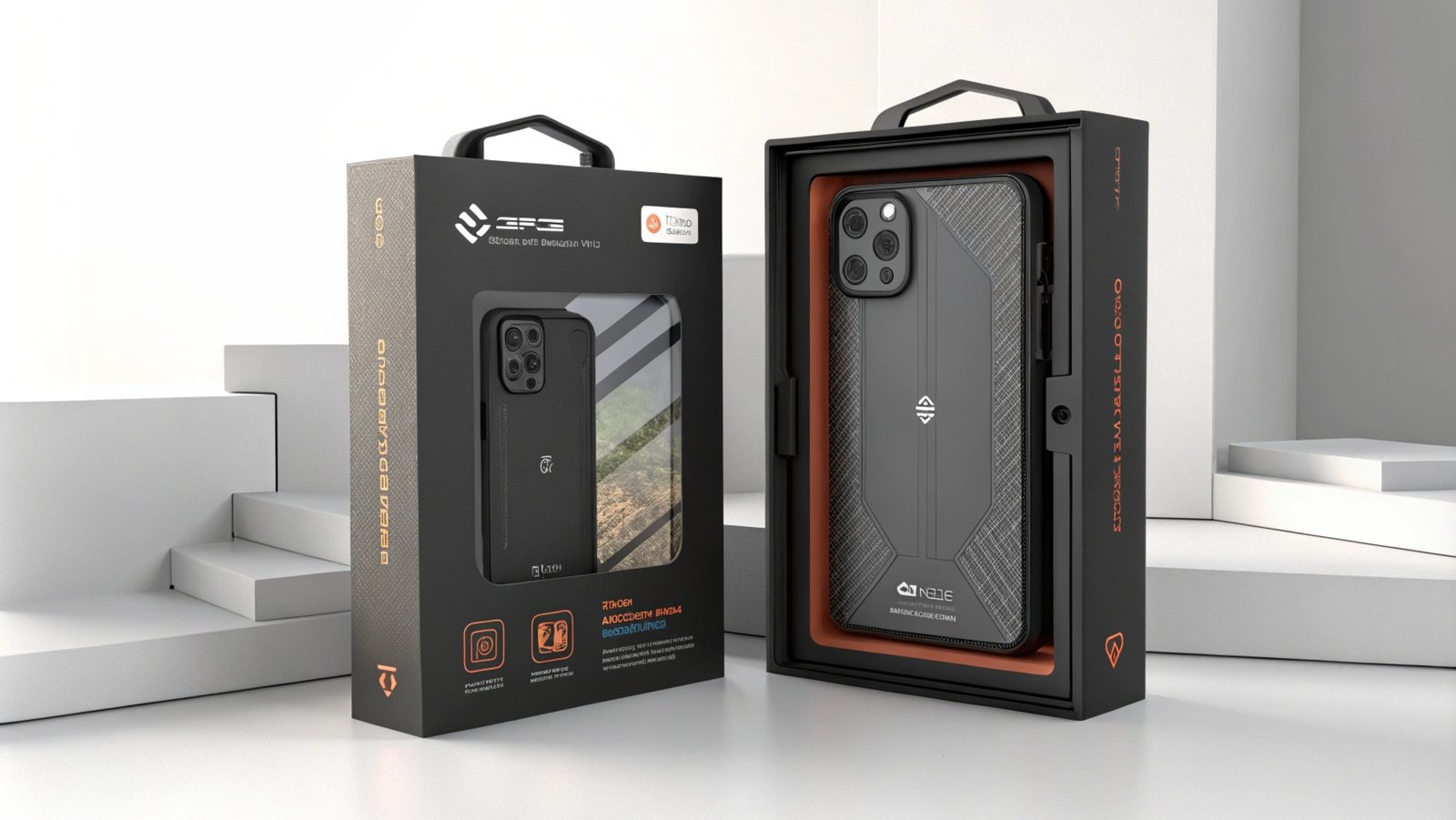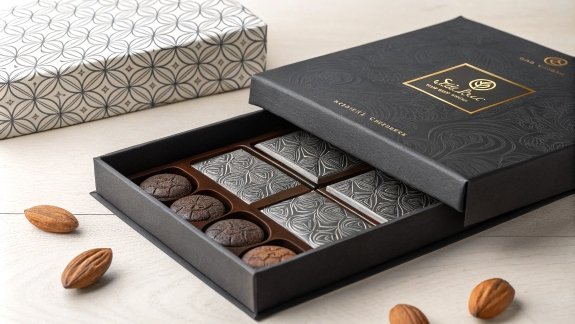
Packaging design plays a crucial role in modern marketing and consumer experience. If you want to stand out, it’s not enough to just have a functional box. Packaging must reflect your brand, create an emotional connection, and be visually appealing. But how can you diversify and innovate your packaging designs?
In the competitive packaging world, innovation means constantly improving and creating new solutions to meet changing consumer demands and preferences. Here’s how you can achieve that goal.
By embracing innovation in packaging, you can offer more than just a container for a product. Packaging can become a conversation starter, a storytelling medium, and even a reason for customers to choose your brand over others. But where do you start?
How to improve packaging design?
Designing great packaging requires a blend of creativity, practicality, and a clear understanding of your brand. To improve packaging design, you need to think beyond aesthetics. The process involves innovation and sustainability.

To improve packaging design, focus on simplicity, usability, and how the design communicates your brand message. Make sure that the materials align with your brand identity and environmental values.
Great packaging design should reflect your product's identity. Whether it’s a luxury item or a budget product, your packaging needs to speak to your audience in a way that feels personal and aligned with their expectations. Sustainability is also a key factor. Today’s consumers are increasingly concerned about how products are packaged, and they’re drawn to companies that prioritize eco-friendly materials1.
Dive deeper into improving packaging design:
When improving packaging design, consider the following principles:
-
Brand Identity: Your packaging is the first point of contact with consumers. Make sure it reflects your brand’s values and personality. For example, luxury brands often use elegant and minimalist designs, while eco-conscious brands emphasize recyclable and sustainable materials.
-
Consumer Experience: Good packaging should be easy to open and use. If the packaging creates a hassle for the consumer, they may think twice before purchasing. Look at unboxing experiences—consumers love them, and they’re a great opportunity to engage emotionally with your audience.
-
Sustainability: Use eco-friendly materials and try to reduce waste. With increasing environmental awareness, consumers are more likely to choose brands that minimize their environmental impact. This can range from biodegradable packaging to recyclable materials or even reusable designs.
-
Innovation: Think outside the box! The packaging should tell a story, offer surprise elements, or use cutting-edge technology to enhance the consumer’s experience. For instance, interactive packaging with QR codes or augmented reality features can engage the audience in a more exciting way.
What is innovation in packaging?
Innovation in packaging is about creating something new or improving something old. It’s a process that involves blending creativity with technology, sustainability, and functionality. To innovate, you must be willing to challenge traditional ideas and push boundaries.
Innovation in packaging means using new materials, design techniques, or technology to create packaging that’s not only visually appealing but also functional and environmentally friendly.

Packaging innovation can range from creating new materials, to incorporating technological advancements, to enhancing the sensory experience of your packaging.
Dive deeper into packaging innovation:
To truly innovate your packaging, you need to look at several key areas:
-
New Materials: One of the easiest ways to innovate is by exploring new materials. You can use biodegradable plastics2, sustainable papers, or even plant-based materials. Materials can also be modified for specific needs—such as temperature-resistant packaging or materials that extend shelf life.
-
Smart Packaging: Technology can bring your packaging to life. For example, RFID tags3 or QR codes allow customers to engage with the packaging beyond its physical form. Smart packaging can even help track product quality and safety, ensuring that consumers get the freshest, safest products.
-
Design Innovations: This includes all the visual elements—shapes, colors, and typography. Innovating through design means playing with forms, textures, and visual experiences that break away from traditional designs. Consider using bold colors or futuristic shapes to create a memorable experience.
-
Sustainability Innovations: Packaging innovation should consider environmental impacts. For example, designing for recyclability, creating zero-waste packaging, or using upcycled materials is gaining popularity. It’s not only good for the planet, but it’s also a selling point for consumers who care about the environment.
How can you achieve the goal of effective packaging?
Effective packaging serves multiple purposes: it protects the product, grabs attention, communicates the brand, and enhances the user experience. Achieving this balance is key to successful packaging.
Effective packaging strikes a balance between functionality, aesthetic appeal, and cost-efficiency while ensuring that the packaging reflects the brand’s core values.

To achieve effective packaging, consider both the practical side of product protection and the marketing side that highlights the product's uniqueness.
Dive deeper into achieving effective packaging:
The key to effective packaging includes the following factors:
-
Product Protection: Packaging’s primary role is to protect the product during storage and transportation. This involves selecting the right materials and designs that prevent damage. For fragile items, consider protective inserts, cushioning materials, and strong box construction.
-
Visual Appeal: The design should attract attention. A visually appealing package can set your product apart from others on the shelf. Bold designs, bright colors, and unique shapes can help consumers notice your product.
-
Informative Packaging: Effective packaging communicates key information. This includes brand messages, product features, and instructions for use. Consumers should be able to easily understand what the product is, how to use it, and what benefits it offers just by glancing at the packaging.
-
Cost Efficiency: While the packaging must be high quality, it also needs to be cost-effective. Finding the right balance between material quality, design complexity, and manufacturing costs is critical for success.
How can we innovate our simple packaging into a much more sophisticated one?
Transforming simple packaging into something more sophisticated doesn’t require drastic changes. With careful design and the right materials, you can make a simple package look high-end and unique.
Innovation doesn’t always have to be complex. Sometimes, adding small details or choosing the right finish can elevate simple packaging into something luxurious.

By adding finishes like embossing, foil stamping, or unique textures, you can elevate the look and feel of a simple package, making it seem more refined and appealing.
Dive deeper into creating sophisticated packaging:
To innovate your simple packaging, consider these approaches:
-
Premium Finishes: Adding high-end finishes like embossing, foil stamping, or matte coatings can transform a basic box into a sophisticated one. These details add texture, depth, and an element of luxury to the package.
-
Customized Shapes: Traditional packaging shapes like rectangles and squares may seem simple, but by experimenting with unconventional forms, you can add a unique flair. Custom die-cut shapes can create a striking, memorable effect.
-
Minimalist Design: Sometimes, less is more. A minimalist design with clean lines and understated elegance can make packaging look more sophisticated. Focus on high-quality typography and subtle graphics to keep it looking chic.
-
Packaging Experience: Offer an engaging unboxing experience that makes your customers feel special. This can include adding small personalized notes, using reusable packaging, or providing a hidden message inside the box that only the customer sees.
Conclusion
Innovative packaging design goes beyond just aesthetics. It’s about creating an experience that resonates with consumers, tells your brand story, and keeps sustainability in mind. By focusing on improving design, embracing new materials, and balancing functionality with beauty, you can achieve packaging that stands out and adds value to your brand.
-
For users seeking sustainable packaging options, this link will explain the concept of eco-friendly packaging, its benefits, and types available.
What are the benefits of custom packaging? Custom packag ↩ -
This will explain what biodegradable packaging materials are, which is important for users looking to innovate with environmentally friendly packaging. ↩
-
This query will help users understand how RFID (Radio Frequency Identification) technology is used in packaging, allowing for smart packaging that tracks product quality. ↩

